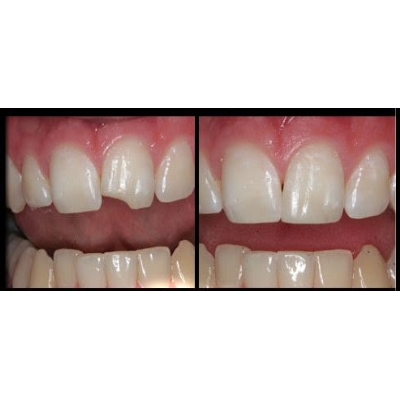Tooth anatomy
The tooth anatomy consists of teeth and the surrounding dental tissues
Any tooth has three fundamental layers
The surrounding tissues consist of
Enamel is the hardest portion of the tooth. Enamel is the surface layer of the tooth and covers it on all four sides. The thickness usually varies from 1 to 1.5 mm. It is the first layer of defence for the tooth.
Dentin is second layer and is comparatively softer and porous layer of the tooth.
Pulp is the layer where the blood and nerve supply of the tooth lies.
Dental caries
Our oral cavity has a very unique combination of bacteria. The bacteria that cause dental caries already exist in our mouth. As soon as we eat any sugary food products, it may get stuck on surface of some teeth, until it is removed through brushing or rinsing. The bacteria start converting this sugar to acid which helps in demineralisation and breakdown of enamel. Although it takes a long time for the bacteria to “burrow” through enamel, once it reaches dentin the decay starts spreading very rapidly in lateral direction. This further weakens the surrounding enamel. It eventually leads to formation of a cavity. Hence regular check up is very important to stop this decay in its initial stages. As it progresses the cavity becomes larger, we loose more tooth structure, and eventually instead of a normal filling we need to perform a Root Canal Treatment to relieve the pain and save the tooth.
One in four adults has an untreated cavity, and according to the CDC, nearly every adult will have tooth decay at some point. You might have a cavity if you experience pain, food gets caught in your tooth, your tooth feels rough to your tongue or it hurts to eat something cold or sweet. Depending on their severity, cavities can be treated with fillings, crowns or root canals. If the damage is too extensive or involves nerve damage, the tooth may need to be removed.



Fillings
Composite: Dental composite is made from acrylic and quartz and is tooth coloured. Dental composites are particularly good for filling front teeth because of their ability to match tooth colour and may also be used to change the shape of teeth.
The material is set hard (cured) by a blue light, which allows the dentist time to place it. It is very sensitive to moisture before it has cured and the dentist will need to use techniques to prevent contamination before it is set.
Glass ionomer: This material is tooth coloured and is made from glass. It sticks to tooth and can be used in small, shallow cavities, but it has poor strength. It is very useful in children’s teeth and can leach fluoride, which helps prevent further decay. It is sometimes used with dental composite to help the sealing of the tooth. Like composite it is very sensitive to moisture before it has set.
Glass ionomer cements have also been mixed with metals to improve their strength.
Cements: Dental cements are used as temporary fillings (e.g. in cases of emergency) when several fillings have to be done in a short period of time and when further treatment to a tooth may be required. They are made of zinc oxide and eugenol or similar materials and may last for a few weeks to many months.



Contact
- B-105, Tirth jyoti plaza, opp RTO gate, near subhash bridge circle, Ahmedabad, Gujarat 380027
- +91 96864 58860
- info@theauradent.com
